Flying Saucer
$60.00 – $380.00
Flying saucer mushrooms go by several names. While you might not be sure how to pronounce their scientific name, psilocybe azurescens. As far as psychedelic mushrooms go, flying saucer mushrooms have more psilocybin than other strains, making them a sought-after shroom. Here, we’ll talk more about how to identify these little brown mushrooms, where they’re found, their historical and medicinal use, and more.
Dosage Guide
- Micro: 0.25 gram
- Low: 0.25 – 1 gram
- Medium: 1 – 2 gram
- Strong: 2.5 – 5 gram
- Heavy: 5 gram and upwards
Flying saucer mushrooms go by several names. While you might not be sure how to pronounce their scientific name, psilocybe azurescens. As far as psychedelic mushrooms go, flying saucer mushrooms have more psilocybin than other strains, making them a sought-after shroom. Here, we’ll talk more about how to identify these little brown mushrooms, where they’re found, their historical and medicinal use, and more.
What are flying saucer mushrooms?
Flying saucer mushrooms (psilocybe azurescens or p. azurescens) are psychedelic mushrooms, or magic mushrooms, containing psychoactive compounds that cause changes in a person’s brain receptors, influencing thought, mood, and perception. People report vision changes, like experiencing colors more vividly or similar experiences.
You might have heard about the psilocybin in mushrooms being responsible for such changes, but that’s only part of the equation. In the course of digestion, our body breaks down the psilocybin into psilocin, which is what creates the “high” that psilocybin mushrooms produce. Baeocystin likely plays a role, too, but researchers are still learning more (1). Famed mycologist Paul Stamets is credited with the discovery of flying saucer mushrooms. He was the first to identify and name psilocybe azurescens after his son Azureus.
Flying saucer mushrooms are one of the most potent psychedelic mushroom species compared to other psychedelic shrooms. An article by Michael Pollan featured in The Atlantic in 2018 detailed a trip he and Stamets took to the Long Beach Peninsula in Washington State to go mushroom hunting specifically for psilocybe azurescens (2). The published story may have created a more significant trend and piqued the interest of those curious about foraging for psychedelic mushrooms, especially years later during the pandemic (3). Stamets even joked in the article that Winnebagos are one of the best indicators for flying saucer mushrooms.
Suppose you’re going to experiment with consuming flying saucer mushrooms. In that case, you have a few options as to how you can enjoy them.
- Making tea: An easy way to take flying saucer mushrooms is to make tea from them. Stamets recommends cooking mushrooms to help remove compounds that can upset your stomach. It can also improve edibility by tempering bitterness.
- Microdosing: If you’re not aiming for a full psychedelic experience, microdosing flying saucer mushrooms may be a good option for you. Microdosing is typically done at a sub-perceptual level, meaning you may feel some positive effects, like enhanced creativity and a more positive mood. Remember that this mushroom variety is powerful. Even with a microdose, you may feel its effects more than with another psychedelic shroom.
- Eating them: Another option is to eat the mushrooms straight, either raw or dried. And it doesn’t have to mean only eating the mushroom. You could add them to food and beverages too.
Psst: There are a lot of factors that figure into an experience of consuming mushrooms. The age of the mushrooms, and how and where they were grown, can all have an impact on someone’s experience. A person’s individual characteristics can factor in, too, such as height, weight, and what mushrooms are consumed.
Flying saucer mushrooms: A powerful psychedelic experience
These uncommon little shrooms offer more than your average psychedelic mushroom experience. While there’s encouraging research demonstrating the benefits of magic mushrooms, it’s important to remember the side effects flying saucer mushrooms can have. We strongly encourage you to mindfully wildcraft and consult a pro when it comes to identifying your mushrooms. Or, better yet, consider cultivating your own while keeping up with the latest changes to the legalities around psychedelics.
| Donation Amount | 3.5g, 7g, 14g, 1oz |
|---|
Be the first to review “Flying Saucer” Cancel reply
Related products
Shrooms
Shrooms
Shrooms
Shrooms
Shrooms
Shrooms
Shrooms
Shrooms

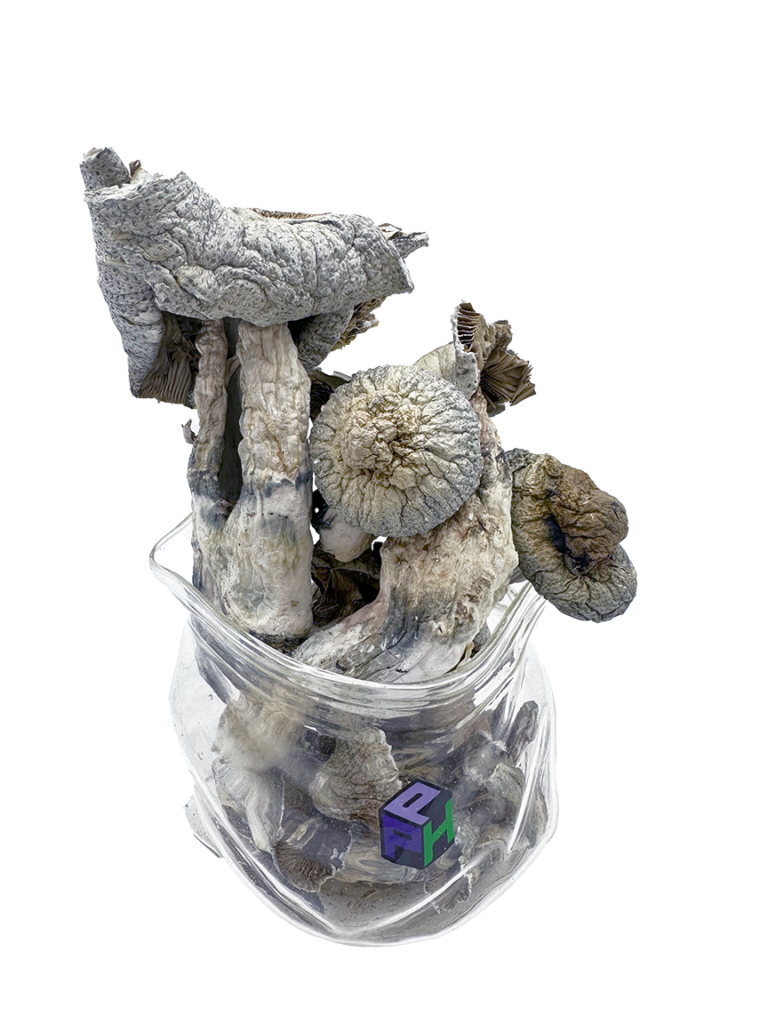
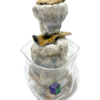
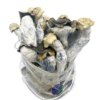
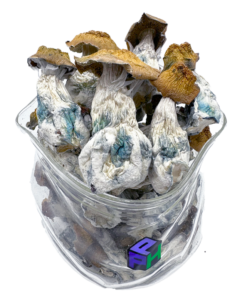
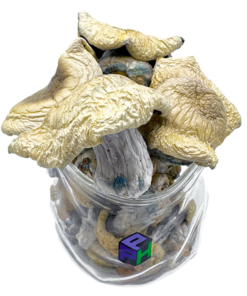
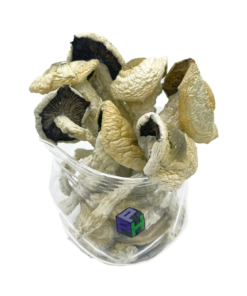
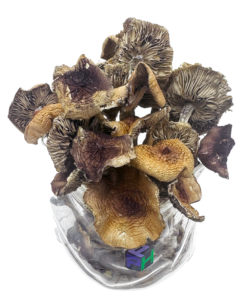
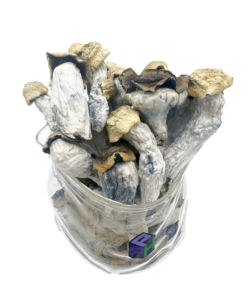
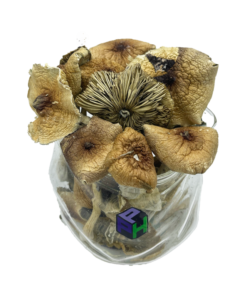
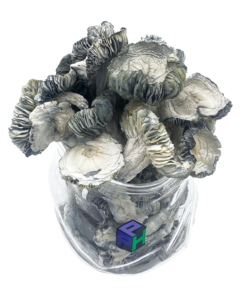
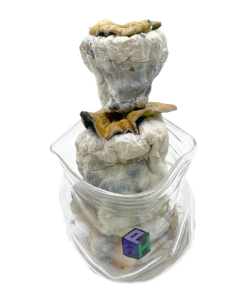
Reviews
There are no reviews yet.